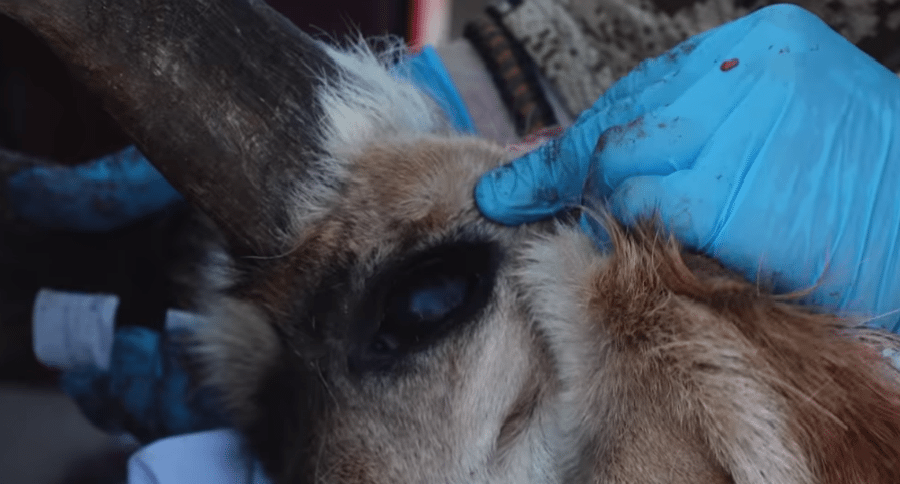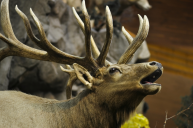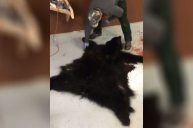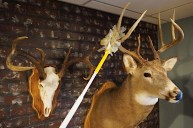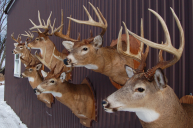Randy Newberg shows you how to properly cape a pronghorn antelope so your taxidermist is happy and has absolutely no complaints.
Pronghorn antelope are one of the most striking and beautiful game animals. If mounted properly, they present a dignified and noble trophy you'd be proud to hang on your wall.
But in order to have the opportunity to create an extraordinary pronghorn mount, you need to do your part in the field by correctly and carefully caping the animal.
Randy Newberg takes a Boone and Crockett pronghorn his friend shot and uses the opportunity to demonstrate just how to properly cape the trophy animal. Watch and learn.
Newberg emphasizes that you need to use a sharp knife (he uses a Gerber scalpel-blade knife) and take your time. Leave as much on the cape as you can, as it's better to be safe than sorry. Let your taxidermist do what he or she does best with as much as possible. However, be sure to cut away any meat that may be attached to the hide. In hot weather especially, attached meat can ruin a hide as it spoils.
Always cut parallel to the hide, never perpendicular. Also, be extra careful around the eyes, making sure that you leave the pronghorn's long eyelashes attached to the cape.
You also want to leave the lips full and intact. Your taxidermist will split and dry them.
Finally, be judicious around the horns. This portion of the video is worth watching more than once. Then, once you finish the cape, roll it up with hair on hair and flesh on flesh, and store in a cold place until you can get it to the taxidermist.
Then, when you do get your antelope mount back from the taxidermist, it'll be a beautiful and stately addition to your trophy room, den or living room.
Like what you see here? You can read more great articles by David Smith at his Facebook page, Stumpjack Outdoors.
NEXT: MORE PRONGHORNS MEANS MORE HUNTING OPPORTUNITIES IN SOUTH DAKOTA
https://rumble.com/embed/u7gve.v3v4j9/
